A Victorian Law Week “hot” topic
On 15 May 2023, Jakub Patela, Barrister, and I gave a presentation on the topic of “Advocating for your child in the NDIS appeals process” as part of Victorian Law Week. A popular topic that came up in the Q+A, was how to prepare a “Parents’ Statement of Lived Experience” in a child’s NDIS funding dispute (review application) at the Administrative Appeal Tribunal (AAT).
Tips for writing a good statement
- This is “your story” so write it as if you are speaking it.
- Address any points the NDIA (Respondent), in its Statement of Issues provided at, or before, a Case Conference has suggested for inclusion in the Statement.
- Start with an overview of your child (eg, your child’s name, age and their disability or condition/s). Be sure to explain what your child is like as a unique little human. What is their personality and interests? You may even include some photos of your child/family (but don’t go overboard with the photos!).
- Give a summary of your family life including, parents’ work, siblings, community activities, and other family and friends in your informal network.
- Preferably in a table format (as easier to read), outline your child’s average weekly routine in as much detail as possible. This should include when and where they attend childcare, kinder, school, therapies, social/community activities, etc and who supports them.
- Explain in as much detail as possible and give some practical examples from your home life (your own observations/experience), of how disability affects your child in different areas.
- Explain how your child’s functional challenges affect you as parents in as much practical detail as possible.
- Tell the story about your child’s diagnosis. What were the early signs that your child had a disability or developmental delay?
- Explain the history of your child’s treatment and therapy. Be specific as possible (ie, include appointments/reviews by pediatrician, formal assessments, therapy provider names, and dates if you can).
- Explain any therapy or other support (including assistive technology/equipment) options that your child trialed, but which were not effective, or perhaps were only minimally effective, or not viable or workable, and why (eg, child could not understand the therapist, travel distance too far, staff turnover, long waitlists).
- Explain any therapy or other supports that, in your observation and experience, has helped your child make progress towards their developmental and other goals. A clear way of expressing this is the before/after structure, as in the below examples.
- “Before Ben started his 15 hour per week ABA therapy program, he could only say one or two words. After 6 months of the program, Ben is starting to talk in short sentences. For example, last week he said: ‘The dog is barking’.
- Before ABA therapy, Ben could not sit still for more than 30 seconds. After 3 months of 15 hours of ABA therapy per week, Ben can focus on a play tasks like building blocks for 2 minutes.”
- Describe the things you, as parents, do to support your child to overcome the challenges of their disability, and to support the success of their treatment or therapy program (eg, we learn skills from Ben’s OT and help Ben put these into practice at home).
- Also describe what, if any, help you receive with the care and support of your child from other family members (eg, grandparents) or if you do not get any informal support (eg, because all extended family live overseas).
- Detail any relevant interactions with the NDIA and/or your Early Childhood Partner or Local Area Coordinator, including errors and miscommunications. (Note, while not directly relevant to the legal issues in a funding dispute, this history may provide important context in the review process.)
- Explain the history of your child’s engagement with mainstream childcare, kindergarten or school? How many days do they attend? What is the name and place of the setting? How do they travel to the place? Does the setting provide them with any “inclusion supports” such as a classroom aide? If so, how effective has that support been for your child?
- Describe what, if any, help your Early Childhood Partner or Local Area Coordinator has given you to connect to mainstream support for your child (or if they have provided no help after the plan meeting).
- Describe what, if any, supports your child obtains from non-NDIS systems such as health (eg, therapies or aids paid for by Medicare); and mental health (eg, psychology received as part of a mental health care plan referred by your child’s GP).
- Outline what your goals and aspirations are for your child, particularly in the next 1-2 years.
- It’s preferable for the statement to be jointly made by both parents, or for each parent to give a separate statement. This shows that both parents are committed to the child and helps to present a “united” (and arguably stronger) front. It also gives the AAT full information re parental and informal support.
Need a template or more help?
I hope that these tips are useful. Please contact me if you would like to receive my “Parents’ Statement of Lived Experience” template, or to book a legal consultation if you would like to talk about your child’s NDIS appeal.





